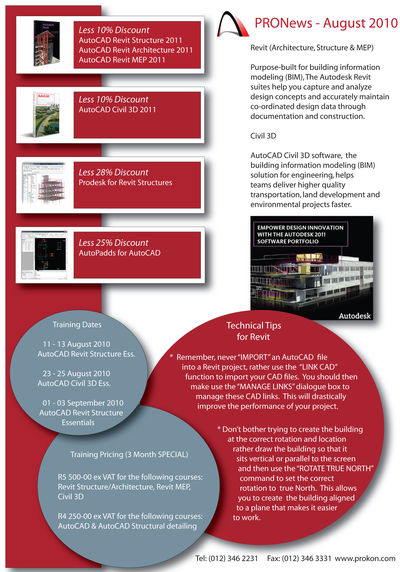

Tim will also teach you how to create floor systems and shaft openings, add detailing, and use Worksharing. You will learn how to add a foundation, create structural reinforcement, and place beams and framing. This video tutorial will also cover how to work with views, set up levels and grids, and add columns and walls to your model. Tim will then teach you the basic creation and editing tools, then move on to showing you how to start a structural project.



You will start with a tour of the user interface and learn about the new features in Structure 2016. This course is designed for the absolute beginner, meaning no prior experience with Revit or other CAD/BIM software is required. Bidirectional associativity means that any change in any view is propagated in every related view so drawings stay fully coordinated.In this Revit Structure 2016 training course, expert author Tim Dundr will teach you the fundamentals of building information modeling for structural engineering. Reference sections, elevations, and Details automatically in accordance to the sheet’s numbers. Cut sections and elevations, and call out detail views instantly. Revit Structure automates the repetitive, manual drafting tasks required in conventional CAD systems. This key feature of Revit Structure makes all the difference in the system’s ease of use and responsiveness, helping to virtually eliminate coordination errors and improve overall documentation quality. Anytime you make changes, the software propagates those changes throughout the model and updates every related plan, section, elevation, or schedule. In Revit Structure, every 2D and 3D view, every drawing sheet, every detail, and every schedule is a direct presentation of information from the same underlying building database. Any design changes made during the analysis automatically update the physical model as well as the construction documents.īidirectional Associativity Between Model and Views The physical model is used for drawing production and coordination, and the analytical model is used by third-party structural analysis applications. RevitStructure combines a physical model of the building fully associated with an editable analytical model. Single Model for Both Structural Analysis and Documentation Parametric change management and bidirectional linking to structural analysis software means automatic updating across your documents for the most accurate model refinements. Improve coordination with architects using AutoCAD Architecture software or Revit Architecture software. Revit Structure software integrates a multimaterial physical and an independently editable analytical model for efficient structural analysis, design, and documentation


 0 kommentar(er)
0 kommentar(er)
